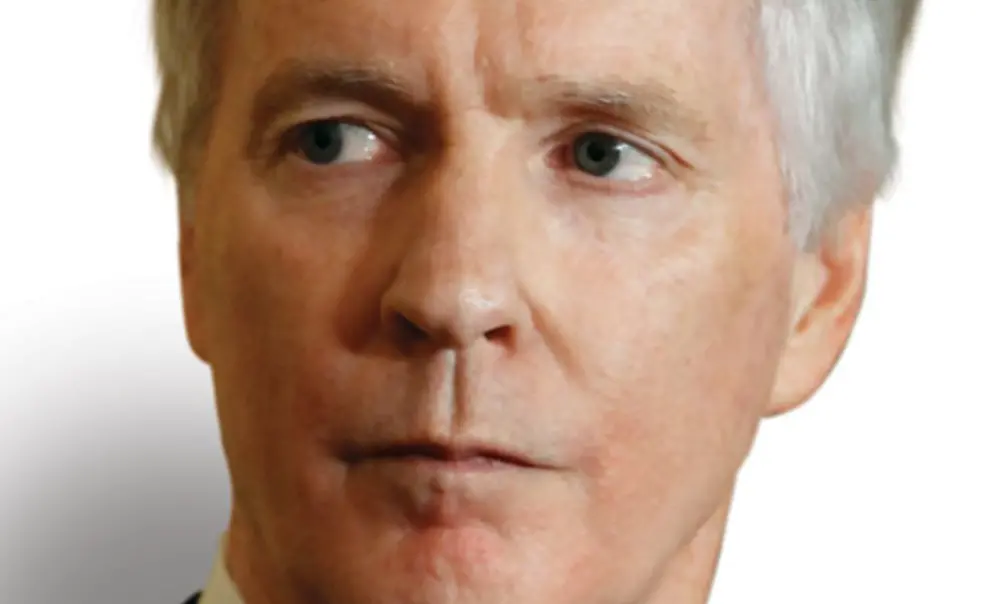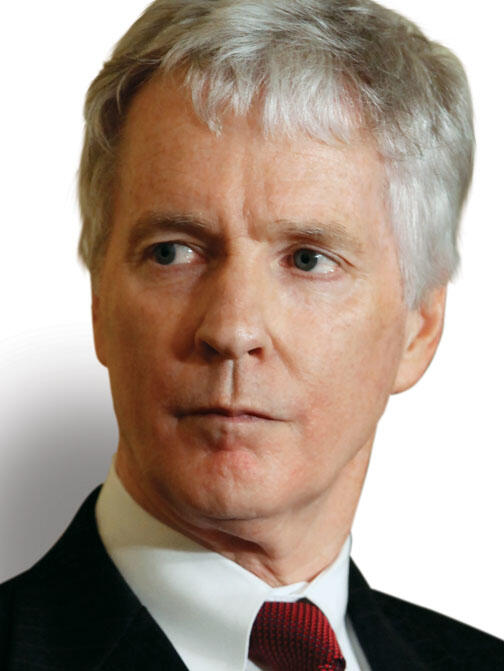A moment with ... Ryan C. Crocker *85, ambassador to Afghanistan
As a mid-career fellow at the Woodrow Wilson School, Ryan C. Crocker *85 immersed himself in courses and lectures in Near Eastern studies, a strategy that has paid many dividends in the last 25 years. Crocker has been the U.S. ambassador to six nations, including Pakistan, from 2004 to 2007; Iraq, from 2007 to 2009, at the height of the U.S. troop surge; and Afghanistan, since July 2011. In August, he spoke with PAW from his new post in Kabul.
What do you see as the key challenges of your work in Afghanistan?
The key challenge, clearly, is effecting an orderly transition from a NATO security lead to an Afghan security lead. By the end of 2014, the Afghan forces should have the security lead throughout the country. That process is already under way with the transition [in late July] of six cities and districts. We just have to get it right, because we continue to face a fairly determined enemy in the Taliban. The surge has had, I think, significant effects in the southern provinces where the Taliban were the strongest, Kandahar and Helmand, just as the surge in Iraq did when I was there in 2007–08. But again, this is a tenacious, resilient enemy that has safe havens across the border in Pakistan.
How did the attacks of Sept. 11, 2001, and the subsequent focus on counterterrorism reshape the U.S. Foreign Service?
The Foreign Service has become a lot more expeditionary. The old-fashioned notion that diplomacy and war did not mix is just that — old-fashioned. They absolutely do and must mix. You can indeed conduct effective diplomacy under the sound of a gun. The other thing that’s changed, of course, is the very tight partnership that the Foreign Service has formed with the American military. My counterpart here is Marine Gen. John Allen. We are together every single day — often more than once — to coordinate plans and actions. ... So it ain’t your daddy’s Foreign Service. We are very much in the fight. Our two largest embassies in the world right now are Kabul and Baghdad — not Paris and London. And the gratifying thing is there is no shortage of volunteers to come out to face conditions of real hardship and danger.
What have you learned in the nine years since you helped to establish the U.S. embassy in Kabul, and what objectives are realistic?
Having looked at what Afghanistan was like at the beginning of 2002, I’m actually encouraged. The biggest problem I’ve faced since I’ve arrived here in Kabul is traffic. Security incidents within the city are minimal, shops are open, business is booming, and the traffic situation is like New York City during the U.N. General Assembly. So, with all of the problems that are out there — and it’s hard to underestimate them — there’s also been a lot of progress.
What I think is possible is an orderly transition to a stable and secure Afghanistan. That isn’t going to look like a shining city on a hill. One thing we have to do as Americans is understand that it isn’t our country. ... The goal here is a set of Afghan solutions that are not perfect, but good enough to ensure that this country is never again taken over by a strategic enemy that could deal us another 9/11. And I think that’s achievable. It requires strategic patience on our part — something that Americans are not known for. But it doesn’t take a great leap of imagination to envision what happens if we leave prematurely or under the wrong conditions. We did that once, and it cost us the twin towers and the Pentagon.
You’re known as an avid runner. Have you been able to keep up with your training in Kabul?
I get to the gym or take to the sidewalks and streets every chance I get, sometimes at pretty odd hours. We’re in a cramped and crowded compound, but there are a fair number of runners out there. It’s a great stress reliever. I enjoy the challenge of trying to find a few hundred yards of straightaway.
— Interview conducted and condensed by Brett Tomlinson












No responses yet